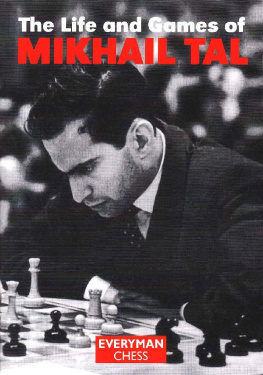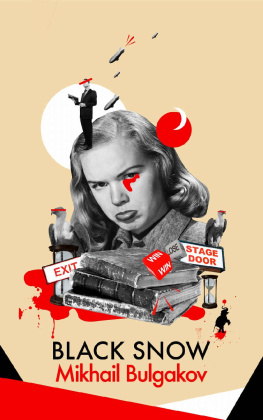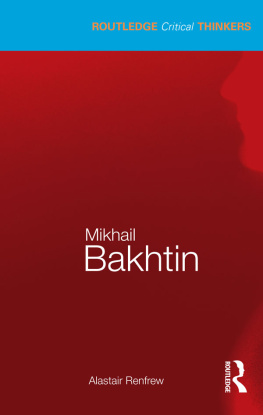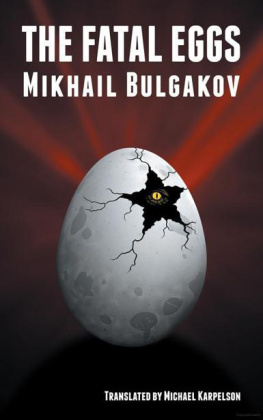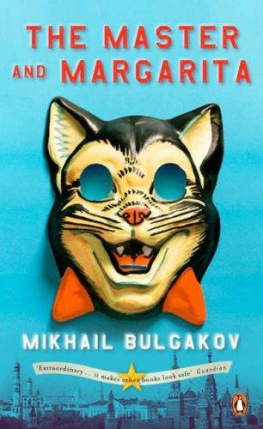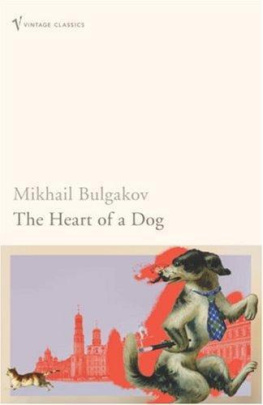Mikhail Lermontov - A Hero Of Our Time
Here you can read online Mikhail Lermontov - A Hero Of Our Time full text of the book (entire story) in english for free. Download pdf and epub, get meaning, cover and reviews about this ebook. year: 2009, publisher: The Overlook Press, genre: Art. Description of the work, (preface) as well as reviews are available. Best literature library LitArk.com created for fans of good reading and offers a wide selection of genres:
Romance novel
Science fiction
Adventure
Detective
Science
History
Home and family
Prose
Art
Politics
Computer
Non-fiction
Religion
Business
Children
Humor
Choose a favorite category and find really read worthwhile books. Enjoy immersion in the world of imagination, feel the emotions of the characters or learn something new for yourself, make an fascinating discovery.

- Book:A Hero Of Our Time
- Author:
- Publisher:The Overlook Press
- Genre:
- Year:2009
- Rating:5 / 5
- Favourites:Add to favourites
- Your mark:
- 100
- 1
- 2
- 3
- 4
- 5
A Hero Of Our Time: summary, description and annotation
We offer to read an annotation, description, summary or preface (depends on what the author of the book "A Hero Of Our Time" wrote himself). If you haven't found the necessary information about the book — write in the comments, we will try to find it.
A Hero Of Our Time — read online for free the complete book (whole text) full work
Below is the text of the book, divided by pages. System saving the place of the last page read, allows you to conveniently read the book "A Hero Of Our Time" online for free, without having to search again every time where you left off. Put a bookmark, and you can go to the page where you finished reading at any time.
Font size:
Interval:
Bookmark:
M IHAIL Y URIEVICH L ERMONTOV was born in Moscow in 1814. At sixteen he entered the University of Moscow but two years later switched to the School of Cavalry Cadets in St. Petersburg, and in 1834 received a commission in the Hussars of the Guard. In 1837 he was transferred to the Nizhegorodski Dragoons and sent to the Caucasus as punishment for the composition and circulation (in MS.) of a violent poem directed at the Court clique responsible for driving Pushkin into fighting his fatal duel (January 1837). He was back in the Guards by the end of the year. Between 1838 and 1841 he wrote his best verse and prose and was acclaimed by the reviewers as Pushkins successor. An incident at a St. Petersburg ball in the spring of 1840 resulted in a duel with the son of the French Ambassador. Lieutenant Lermontov was transferred again, this time to an infantry regiment in the Caucasus, where he took part in dangerous expeditions against the natives. A trivial quarrel with a fellow officer, one Martinov, led to another duel. The meeting took place on July 15, 1841, near Pyatigorsk, and Lermontov was shot through the heart at the first fire.
This edition first published in the United States in 2002 by
Ardis Publishers
Woodstock & New York
W OODSTOCK:
One Overlook Drive
Woodstock, NY 12498
[for individual orders, bulk and special sales, contact our Woodstock office]
NEW YORK:
141 Wooster Street
New York, NY 10012
Copyright 1958 Vladimir Nabokov and Dmitri Nabokov
Copyright renewed 1986 by Vera Nabokov and Dmitri Nabokov
Translated from the original Russian
All rights reserved. No part of this publication may be reproduced or transmitted in any form or by any means, electronic or mechanical, including photocopy, recording, or any information storage or retrieval system now known or to be invented without permission in writing from the publisher, except by a reviewer who wishes to quote brief passages in connection with a review written for inclusion in a magazine, newspaper, or broadcast.
Ardis Publishers is an imprint of Peter Mayer Publishers, Inc.
www.ardisbooks.com
ISBN-13: 978-1-59020-956-1
Foreword
In 1841, a few months before his death (in a pistol duel with a fellow officer at the foot of Mount Mashuk in the Caucasus), Mihail Lermontov (181441) composed a prophetic poem:
In noons heat, in a dale of Dagestan,
With lead inside my breast, stirless I lay;
The deep wound still smoked on; my blood
Kept trickling drop by drop away.
On the dales sand alone I lay. The cliffs
Crowded around in ledges steep,
And the sun scorched their tawny tops
And scorched mebut I slept deaths sleep.
And in a dream I saw an evening feast
That in my native land with bright lights shone;
Among young women crowned with flowers,
A merry talk concerning me went on.
But in the merry talk not joining,
One of them sat there lost in thought,
And in a melancholy dream
Her young soul was immersedGod knows by what.
And of a dale in Dagestan she dreamt;
In that dale lay the corpse of one she knew;
Within his breast a smoking wound showed black,
And blood ran in a stream that colder grew.
This remarkable composition (which, in the original, is in iambic pentameter throughout, with alternate feminine and masculine rhymes) might be entitled The Triple Dream.
There is an initial dreamer (Lermontov, or more exactly, his poetical impersonator) who dreams that he lies dying in a valley of Eastern Caucasus. This is Dream One, dreamt by Dreamer One.
The fatally wounded man (Dreamer Two) dreams in his turn of a young woman sitting at a feast in St. Petersburg or Moscow. This is Dream Two within Dream One.
The young woman sitting at the feast sees in her mind Dreamer Two (who dies in the course of the poem) in the surroundings of remote Dagestan. This is Dream Three within Dream Two within Dream Onewhich describes a spiral by bringing us back to the first stanza.
The whorls of these five strophes have a certain structural affinity with the interlacings of the five stories that make up Lermontovs novel, A Hero of Our Time (Geroy Nashego Vremeni).
In the first two stories, Bela and Maksim Maksimich, Lermontov or, more exactly, his fictional impersonator, an inquisitive traveler, relates a journey he made along the Military Georgian Road (Voenno-gruzinskaya doroga) in the Caucasus around 1837. This is Narrator One.
On the way north from Tiflis he meets an old campaigner, Maksim Maksimich. They travel together for a while and Maksim Maksimich tells Narrator One about a certain Grigoriy Pechorin who, five years before, in the Chechnya Region, north of Dagestan, kidnapped a Circassian girl. Maksim Maksimich is Narrator Two, and the story is Bela.
At a second meeting on the road (in Maksim Maksimich), Narrator One and Narrator Two come across Pechorin in the flesh. Henceforth, Pechorin, whose journal Narrator One publishes, becomes Narrator Three, for it is from his journal that the remaining three stories are posthumously drawn.
It will be marked by the good reader that the structural trick consists in bringing Pechorin gradually nearer and nearer until he takes over; but by the time he takes over he is dead. In the first story, Pechorin is twice removed from the reader since his personality is described through Maksim Maksimich, whose words are transmitted to us by Narrator One. In the second story the personality of Narrator Two no longer stands between Pechorin and Narrator One, who, at last, sees the hero for himself. Maksim Maksimich is, in fact, pathetically eager to produce the real Pechorin on top of the subject of his yarn. And, finally, in the last three stories, both Narrator One and Narrator Two step aside, and the reader meets Pechorin, Narrator Three, face to face.
This involute structure is responsible for blurring somewhat the time sequence of the novel. The five stories grow, revolve, reveal, and mask their contours, turn away and reappear in a new attitude or light like five mountain peaks attending a traveler along the meanders of a Caucasian canyon road. The traveler is Lermontov, not Pechorin. The five tales are placed in the novel according to the order in which the events become known to Narrator One; but their chronological sequence is different, going something like this:
1. Around 1830 an officer, Grigoriy Pechorin (Narrator Three), on his way from St. Petersburg to die Caucasus, whither he is being sent on some military errand to a detachment on active duty, happens to be stranded at the village of Taman (a port facing the NE coast of the Crimea). An adventure he has there forms the subject of Taman, the third story in the book.
2. After some time spent on active duty in skirmishes with the mountain tribes, Pechorin, on May 10, 1832, arrives for a rest at a Caucasian spa, Pyatigorsk. At Pyatigorsk and at Kislovodsk, a neighboring resort, he participates in a series of dramatic events that lead to his killing a fellow officer in a duel on June 17. These events are related by him in the fourth story, Princess Mary.
3. On June 19, the military authorities have Pechorin dispatched to a fort in the Chechnya Region, Northeast Caucasus, where he arrives only in autumn (after an unexplained delay). There he meets the junior captain Maksim Maksimich. This is related to Narrator One by Narrator Two in the first story, Bela.
4. In December of the same year (1832) Pechorin leaves the fort for a fortnight which he spends in a Cossack settlement north of the Terek River, and there has the adventure described by him in the fifth (last) story, The Fatalist
5. In the spring of 1833, he kidnaps a Circassian girl who is assassinated by a bandit four and a half months later. In December 1833, Pechorin leaves for Georgia and some time later goes home to St Petersburg. This is related in Bela.
Font size:
Interval:
Bookmark:
Similar books «A Hero Of Our Time»
Look at similar books to A Hero Of Our Time. We have selected literature similar in name and meaning in the hope of providing readers with more options to find new, interesting, not yet read works.
Discussion, reviews of the book A Hero Of Our Time and just readers' own opinions. Leave your comments, write what you think about the work, its meaning or the main characters. Specify what exactly you liked and what you didn't like, and why you think so.

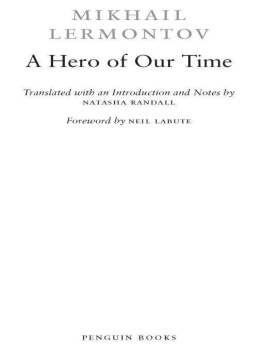
![Mihail Lermontov - A Hero of Our Time [New Translation]](/uploads/posts/book/837578/thumbs/mihail-lermontov-a-hero-of-our-time-new.jpg)
